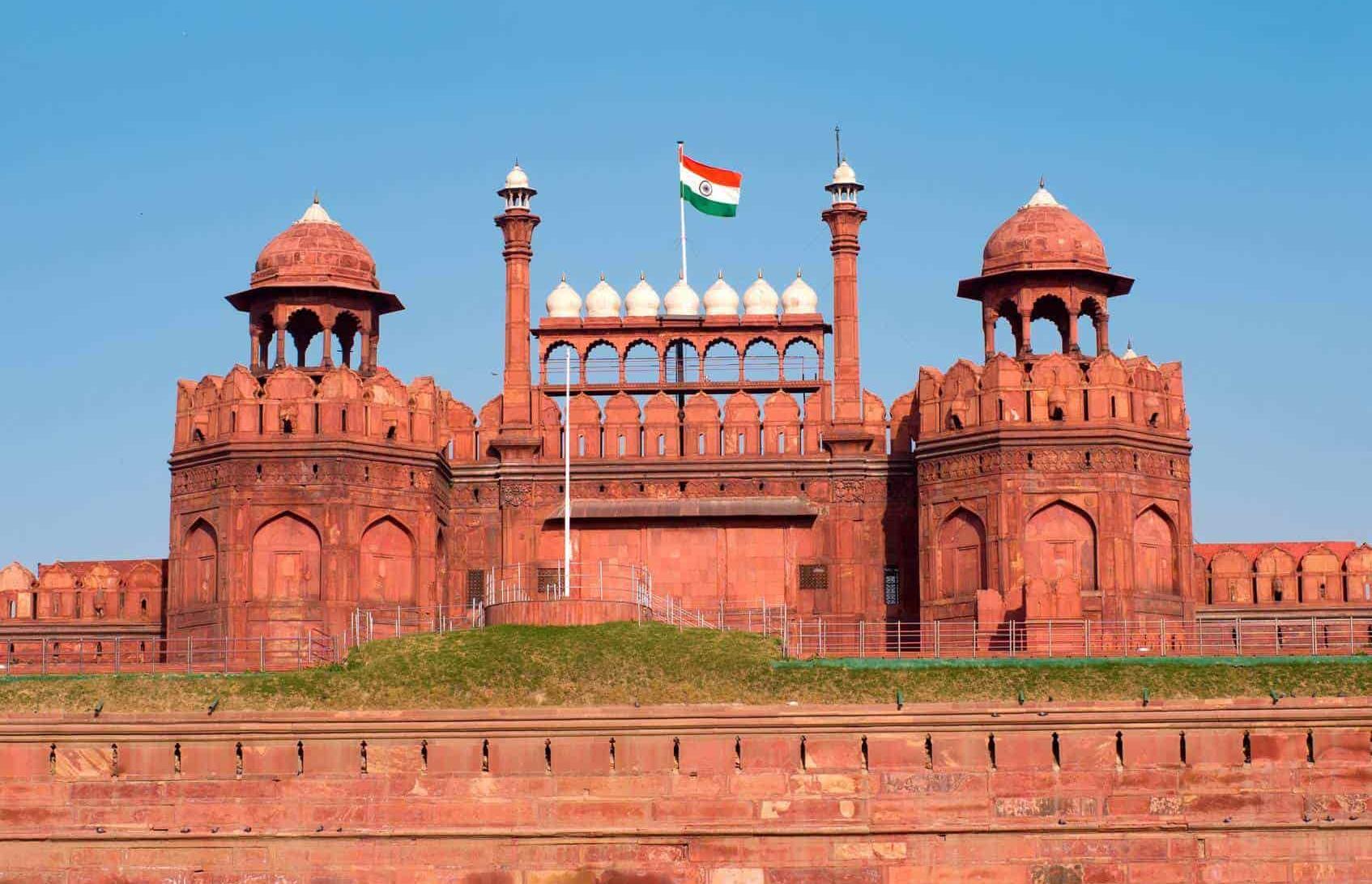
Photos
There are no photos for this place yet!
Reviews — 8

Lal Kot, also known as Qila Rai Pithora, is a historic fort in Delhi, believed to have been built by the Tomara ruler Anang Pal II in the 11th century. The fort served as the capital of the Tomara dynasty and later became the first fortified city of Delhi under the rule of Prithviraj Chauhan. Lal Kot offers a glimpse into the early medieval history of Delhi, with its surviving walls, gates, and the intriguing Ashokan Pillar believed to have been relocated here.
The fort is characterized by its massive walls made of rubble and lime mortar, showcasing the architectural techniques of its time. Though many structures within Lal Kot are in ruins, the site remains an archaeological treasure, attracting history enthusiasts and tourists alike. Exploring Lal Kot provides a sense of the city's evolution and the transitions it underwent during different dynasties. It's a recommended visit for those interested in Delhi's rich historical heritage.
The fort is characterized by its massive walls made of rubble and lime mortar, showcasing the architectural techniques of its time. Though many structures within Lal Kot are in ruins, the site remains an archaeological treasure, attracting history enthusiasts and tourists alike. Exploring Lal Kot provides a sense of the city's evolution and the transitions it underwent during different dynasties. It's a recommended visit for those interested in Delhi's rich historical heritage.

Actually there are ruins of fortress. Only the wall is remaining encircling a large area.




A return to nature experience. Even though this large 470 acres is thickly forested, the trees are mainly the invasive species of Kikar. Has well maintained walking trails, streams, wetlands as well as the first Red Fort - Lal Kot - built by the Rajput Tomar dynasty in the 9th century. The fort city passed to the Chahamana dynasty in the 11th century. It was from here that Prithviraj Chauhan rode out to meet Mohammad Ghori in 1191, and then again the following year in 1192. Unfortunately, this fort doesn't appear to be a protected monument. Talk about ASIs priorities!

Green reserve forest area with peace and silence.broken fortess walls. Plants, trees,and view of qutub minar.





















It's an awesome place to visit if u experience adventure in Delhi like hill

Lal Kot, also known as Lala Kot, is a lesser-known historical site in Delhi. It was one of the first settlements in the city and served as the capital of the Tomar dynasty in the 11th century. While not as grand as some other forts in Delhi, its historical significance is noteworthy. Lal Kot's ruins provide a glimpse into the city's early history and are of interest to history enthusiasts and archaeology buffs. The site is relatively quiet and offers an opportunity for a peaceful exploration of Delhi's past.








I visited this place just to relive the history of Delhi, Lal Kot Qila being the first visible fortified area in Delhi that was later captured and expanded by Prithviraj Chauhan and renamed as Qila Rai Pithora. The place is a pleasant garden, with bougainvillea grown inside the compound and lush green garden. The stones of the qila walls are still extant and I touched them with kiddish excitement!
One of the entries to the Rai Pithora is just opposite the Saket metro station.
A wonderful historical place to visit in Mehrauli, Delhi.
The place
One of the entries to the Rai Pithora is just opposite the Saket metro station.
A wonderful historical place to visit in Mehrauli, Delhi.
The place




